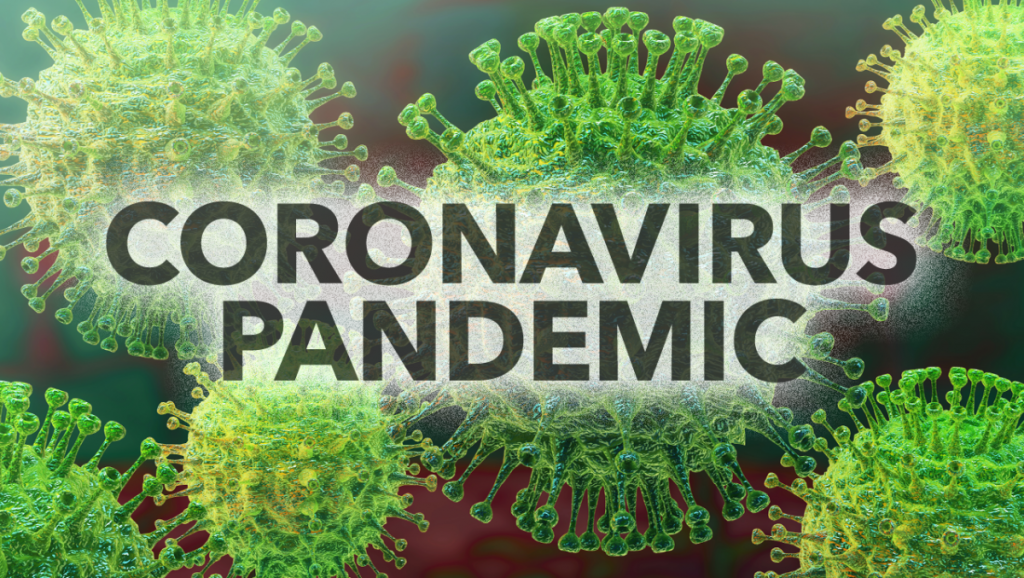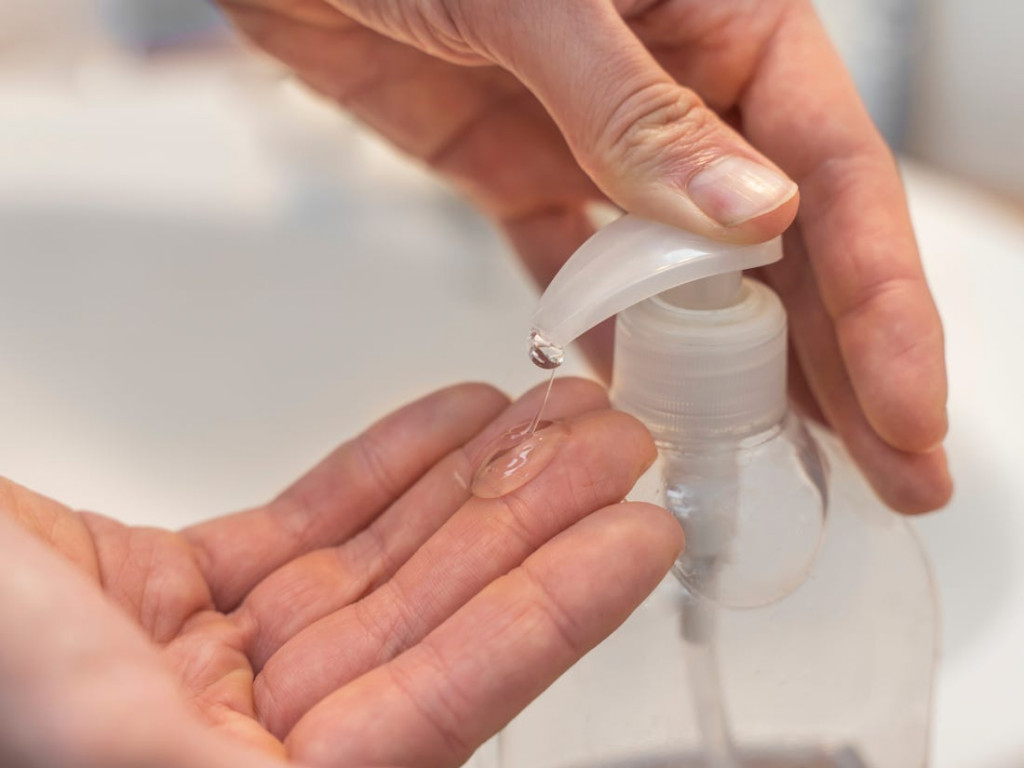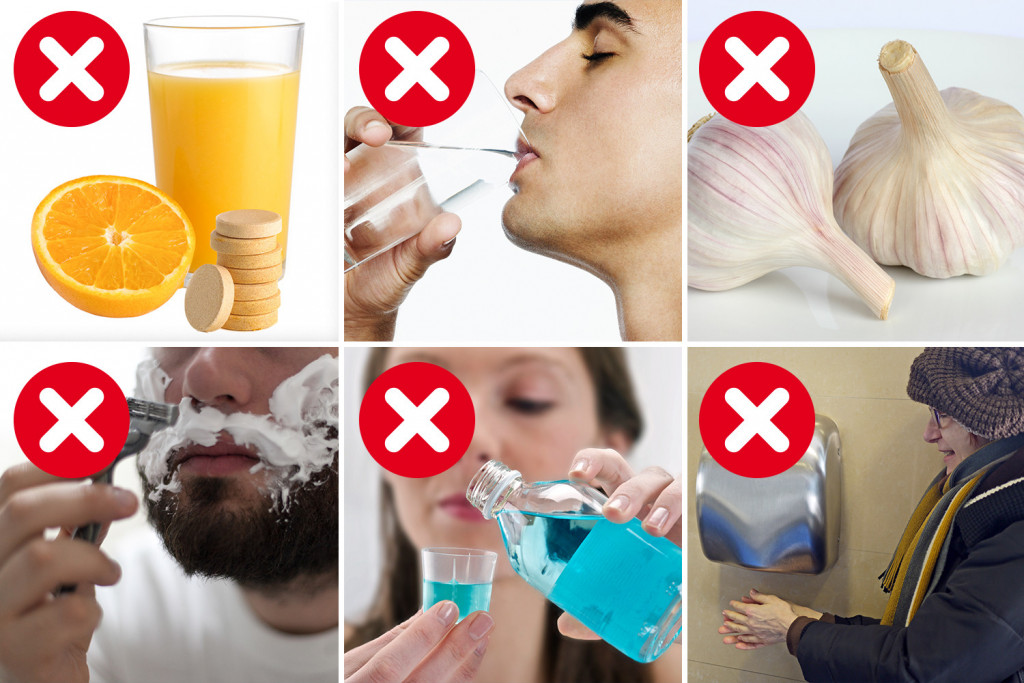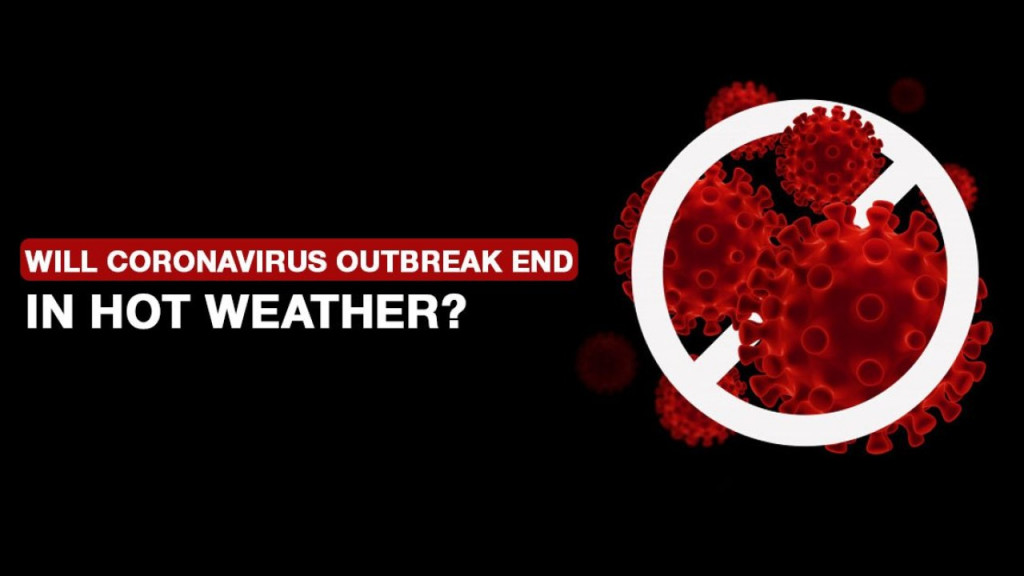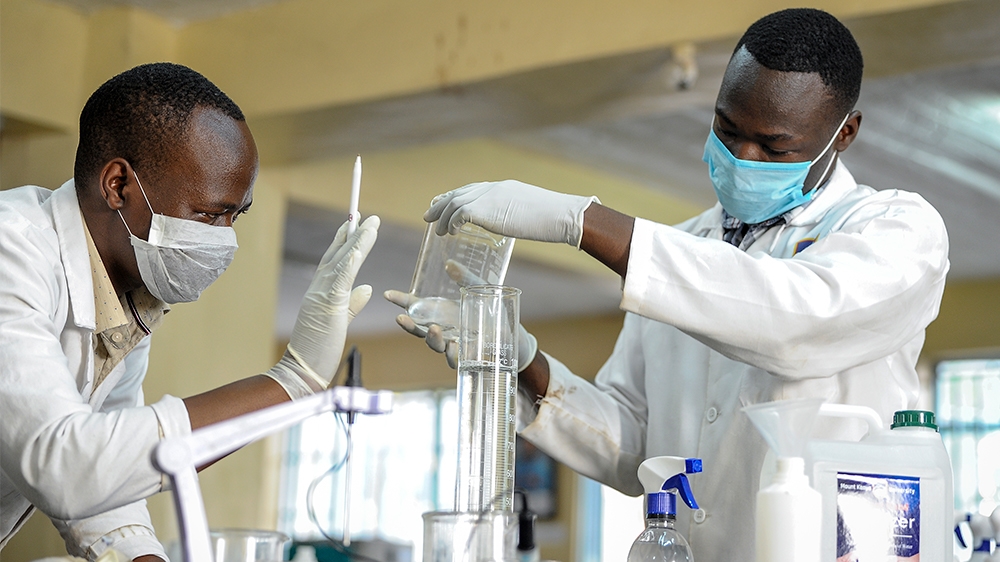The novel coronavirus also known as COVID-19 has spread from Wuhan, China, to every continent on Earth except Antarctica.
The World Health Organization (WHO) officially changed their classification of the situation from a public health emergency of international concern to a pandemic.
When the word “pandemic” starts appearing in headlines, people become fearful, and with fear come misinformation and rumors.
Here, we will dissect some of the most common myths that are currently circulating on social media and beyond:
Spraying chlorine or alcohol on skin kills viruses in the body
Applying alcohol or chlorine to the body can cause harm, especially if it enters the eyes or mouth. Although people can use these chemicals to disinfect surfaces, they should not use them on skin.
These products cannot kill viruses within the body.
Only older adults and young people are at risk
Coronavirus can infect people of any age. However, older adults or individuals with preexisting health conditions, such as diabetes or asthma, are more likely to become severely ill.
Children cannot catch COVID-19
All age groups can become infected. Most cases, so far, have been in adults, but children are not immune. In fact, preliminary evidence shows that children are just as likely to become infected, but their symptoms tend to be less severe.
COVID-19 is just like the flu
Coronavirus causes illness that does, indeed, have flu-like symptoms, such as aches, fever, and cough. Similarly, both COVID-19 and flu can be mild, severe, or, in rare cases, fatal. Both can also lead to pneumonia.
However, the overall profile of COVID-19 is more serious. Estimates vary, but its mortality rate seems to be between about 1% to 3%.
Everyone with COVID-19 dies
This statement is untrue. As we have mentioned above, COVID-19 is only fatal for a small percentage of people.
The (WHO) World Health Organization also report that around 80% of people will experience a relatively mild form of the disease, which will not require specialist treatment in a hospital.
Face masks protect against coronavirus
Healthcare workers use professional facemasks, which fit tightly around the face, to protect them against infection. However, disposable facemasks are unlikely to provide such protection.
As these masks do not fit neatly against the face, droplets can still enter the mouth and nose. In addition, tiny viral particles can penetrate directly through the material.
However, if someone has a respiratory illness, wearing a mask can help protect others from becoming infected.
“The WHO recommend that people who are caring for someone with suspected COVID-19 should wear a mask. In these cases, wearing a mask is only effective if the individual regularly washes their hands with alcohol-based hand rub or soap and water.
Also, when using a mask, it is important to use it and dispose of it properly.
Mild symptoms may include fever, cough, sore throat, tiredness, and shortness of breath.
Hand dryers kill coronavirus
Hand dryers do not kill coronavirus. The best way to protect yourself and others from the virus is to wash your hands with soap and water or an alcohol-based hand rub.
You have to be with someone for 10 minutes to catch the virus
The longer someone is with an infected person, the more likely they are to catch the virus, but it is still possible to catch it in less than 10 minutes.
You can protect yourself by gargling bleach
There are no circumstances in which gargling bleach might benefit your health. Bleach is corrosive and can cause serious damage.
Antibiotics kill coronavirus
Antibiotics only kill bacteria; they do not kill viruses.
Thermal scanners can diagnose coronavirus
Thermal scanners can detect whether someone has a fever. However, other conditions, such as seasonal flu, can also produce fever.
In addition, symptoms of COVID-19 can appear 2–10 days after infection, which means that someone infected with the virus could have a normal temperature for a few days before a fever begins.
Garlic protects against coronaviruses
Some research suggests that garlic might slow the growth of some species of bacteria. However,
COVID-19 is caused by a virus, and there is no evidence that garlic can protect people against COVID-19.
Home remedies can cure and protect against COVID-19
No home remedies can protect against COVID-19, including vitamin C, essential oils, silver colloid, sesame oil, garlic, fish tank cleaner, and sipping water every 15 minutes.
The best approach is to adopt a good handwashing regimen and to avoid places where there may be unwell people.
Parcels from China can spread coronavirus
Scientists believe that the virus cannot survive on letters or packages for an extended time.
The CDC explain that “because of poor survivability of these coronaviruses on surfaces, there is likely very low risk of spread from products or packaging that are shipped over a period of days or weeks at ambient temperatures.”
The virus will die off when temperatures rise in the spring
Some viruses, such as cold and flu viruses, do spread more easily in the colder months, but that does not mean that they stop entirely when conditions become milder. As it stands, scientists do not know how temperature changes will influence the behavior of COVID-19
I am text block. Click edit button to change this text. Lorem ipsum dolor sit amet, consectetur adipiscing elit. Ut elit tellus, luctus nec ullamcorper mattis, pulvinar dapibus leo.
The virus originated in a laboratory in China
Despite the swathes of internet rumors, there is no evidence that this is the case. In fact, a recent study demonstrates that the virus is a natural product of evolution.
Some researchers believe that SARS-CoV-2 may have jumped from pangolins to humans. Others think that it might have passed to us from bats, which was the case for SARS.
The outbreak began because people ate bat soup
Although scientists are confident that the virus started in animals, there is no evidence that it came from soup of any kind.


